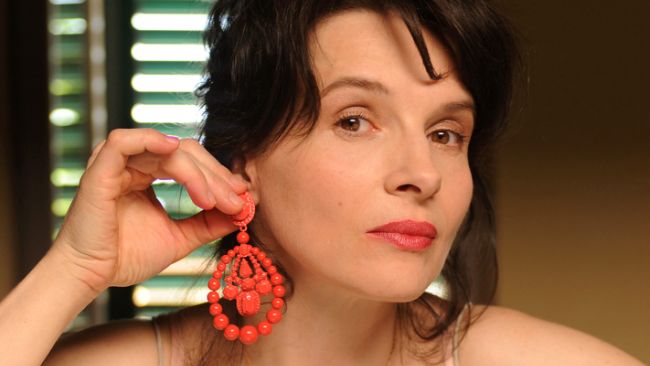
It’s common wisdom that a director’s best work happens midway through their career, when they’ve left behind youthful insecurities and mistakes, honed in their craft, and matured their style. It’s such a widespread belief that Quentin Tarantino claims his reason for retiring after just one more movie is precisely because he thinks late work, even from great filmmakers, is always subpar.
As with most platitudes, this one has some base in reality, since it is a fact that many filmmakers hit their stride early rather than later. However, it is also a wildly exaggerated and unquestioned belief that ignores the several examples of masterpieces that only came about in the tail end of directors’ careers.
Of those, there are a few that stand out that are frequently discussed and analysed, like Bergman’s “Fanny & Alexander” and Kurosawa’s “Ran.” But there are some that often don’t receive their due praise and this list will focus on those movies, flicks by world-renowned filmmakers who aren’t always remembered as late-career masterpieces but should be.
10. A Room in Town (1982, Jacques Demy)
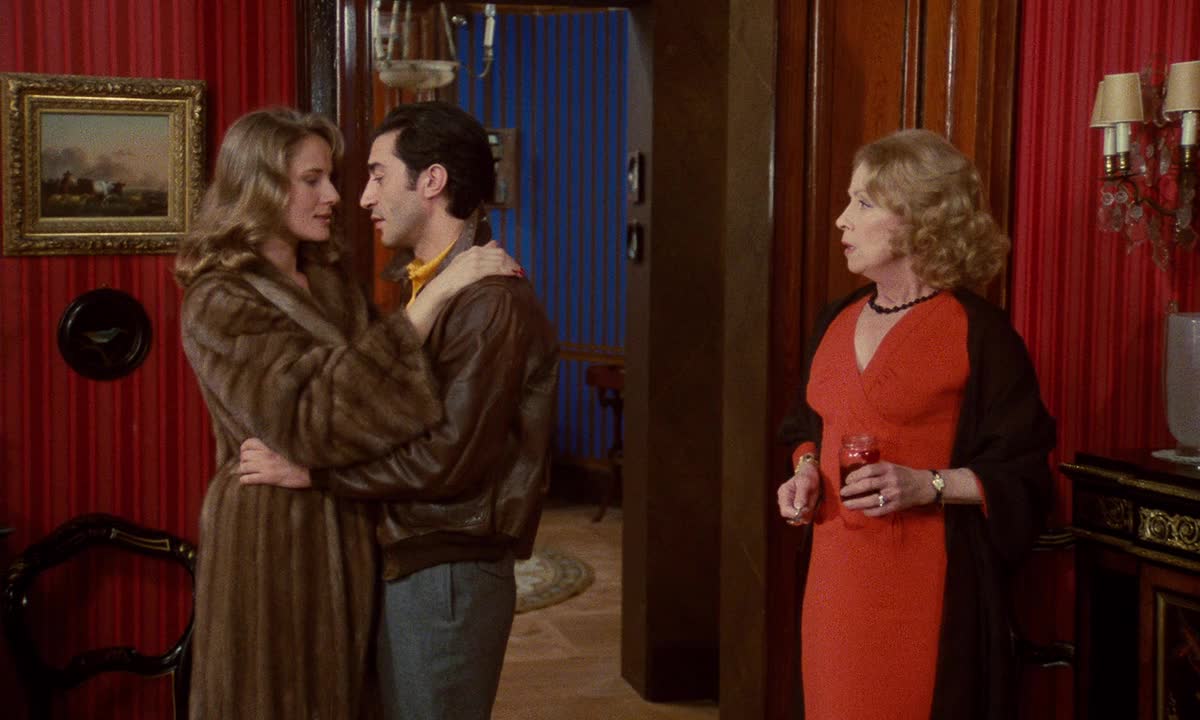
Jacques Demy, perhaps more than any other director in the history of cinema (even more than American icons like Vincent Minelli and Stanley Donen), is synonymous with the movie musical. His hyper-colorful, joyful and yet ultimately melancholic style has cast an insurmountable shadow over the genre, one that has informed each subsequent attempt to create an original musical conceived for the big screen (look no further than “La La Land” to see just how relevant and present his mark on cinema still is).
“Une Chambre en Ville” is an odd beast in his canon: on one hand, it features many of his trademarks, from the heightened quality of the drama to the brightly-colored production design. But on the other, it’s also distinctly more serious in tone, with a tragic storyline and pointed social commentary. A sung-through musical (like his most famous film, “The Umbrellas of Cherbourg”), “Une Chambre en Ville” takes place during a strike that is shaking up the French town of Nantes. In the midst of the turmoil, one of the workers falls in love with the daughter of his landlady, a troubled middle-class woman trapped in an abusive relationship.
This was an extremely difficult production to get off the ground for Demy: it took more than 30 years to actually become a movie, mainly because the filmmaker was continually met with refusal by some of his key collaborators, including Catherine Deneuve and composer Michel Legrand (who apparently resented the movie’s political themes). That may help to explain why the finished product feels different from the rest of his filmography: it’s still very clearly Demy, but there’s an added layer of anger, a screaming rage against societal oppression of the working class, and even the attempts to escape that through personal relationships are doomed from the start.
Bleak, for sure, but there’s still lots of beauty to be found in this movie, not least of which are Demy’s stylistically flourishes and the music, by far the most operatic in all his musicals, that find grand meaning even in the most banal moments of life.
9. Faces Places (2017, Agnes Varda)
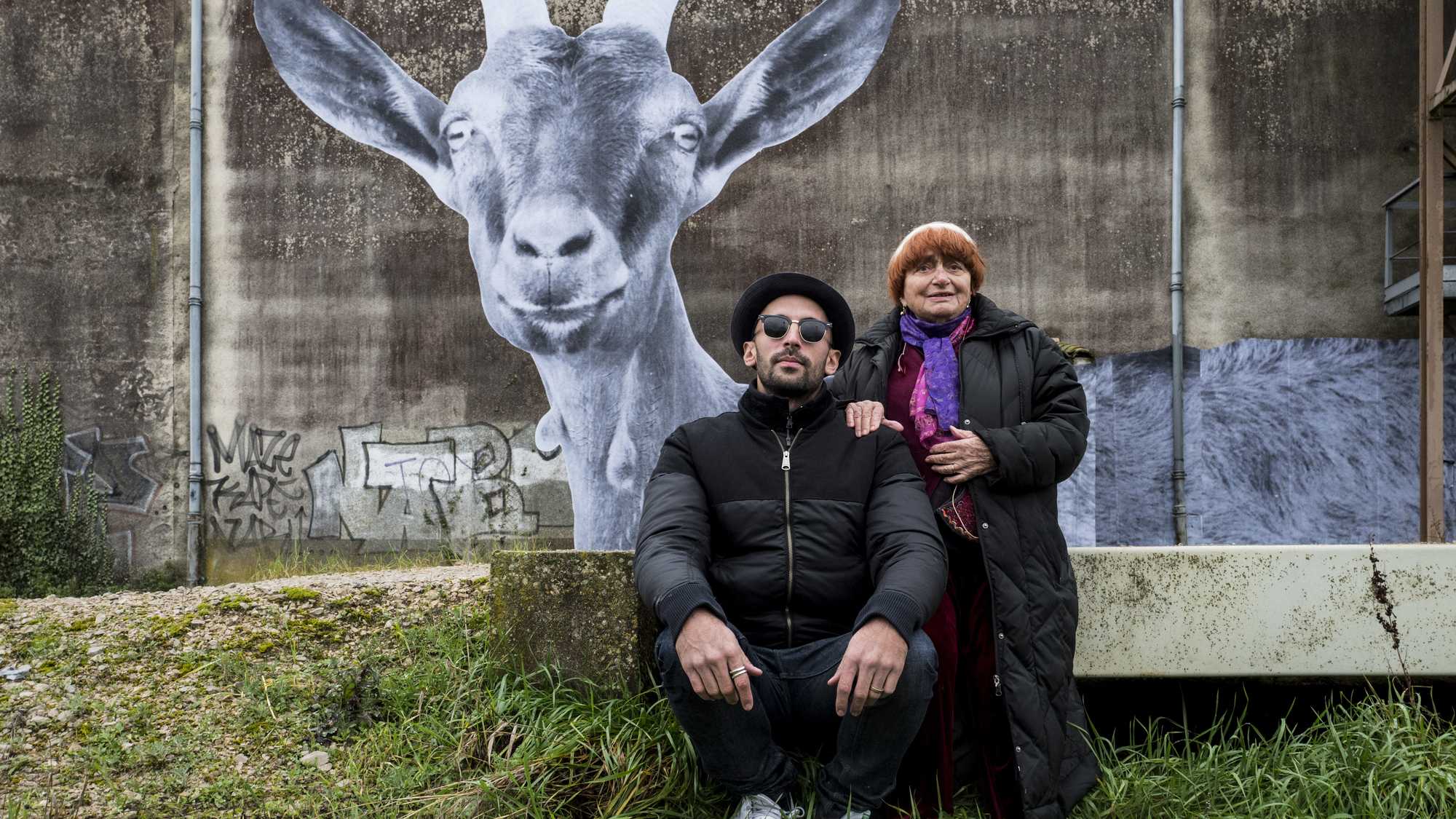
It’s interesting to compare Demy’s late career output with his wife’s, Agnes Varda. While he was mostly known for making bittersweet, heartfelt melodramas, nearing the end of his run he came out with the politically minded tragedy of “Une Chambre En Ville.” Varda spent her entire life directing complex movies that often dealt with thorny social issues, and yet, in her later efforts, pivoted more to feel-good human stories, especially in documentary form, from “The Gleaners And I” to “Faces Places.” The latter is perhaps her most internationally successful movie, being the only time she was ever nominated for an Oscar; a fact that speaks more to the blindness of the Academy than of Varda herself, who truly has one the richest and most distinguished careers ever.
But it’s also understandable why this movie specifically warranted that kind of reaction: it came out on the cusp of a widespread conversation about the place of women in the film industry, a time when Varda’s own standing in cinema history was therefore being recontextualized and reconsidered more than ever by general audiences (critics, of course, had always supported her genius) – and a brand new project by her was, naturally, met with eager enthusiasm. But also, this is one of the most pleasant and good-natured movies of the 2010s so, even in a different socio-political context, there’s still a good chance it would have connected with people as much as it did.
“Faces Places,” in a career spanning over 50 years, also marked a first for Varda, proving there was truly no end to her thirst for experimentation. It was the only time she ever co-directed a movie, sharing the job with muralist artist JR, who accompanied her on a road trip through French villages to create murals celebrating the history (and stories) of the places and people they came across.
What follows is pure joie de vivre, shot through with Varda’s bubbly personality and a with an ever-present, touching interest in the small banalities of everyday life. But the humanist nature of the film doesn’t stop the filmmaker from some formal inventiveness, and the frequent dramatized interludes are all wonderful, especially the opening montage chronicling a fictionalized version of how Varda and JR kept crossing paths before knowing each other.
And for those who’ve seen it, a question: am I the only one who thinks that Godard scene was staged?
8. Nightcap (2000, Claude Chabrol)
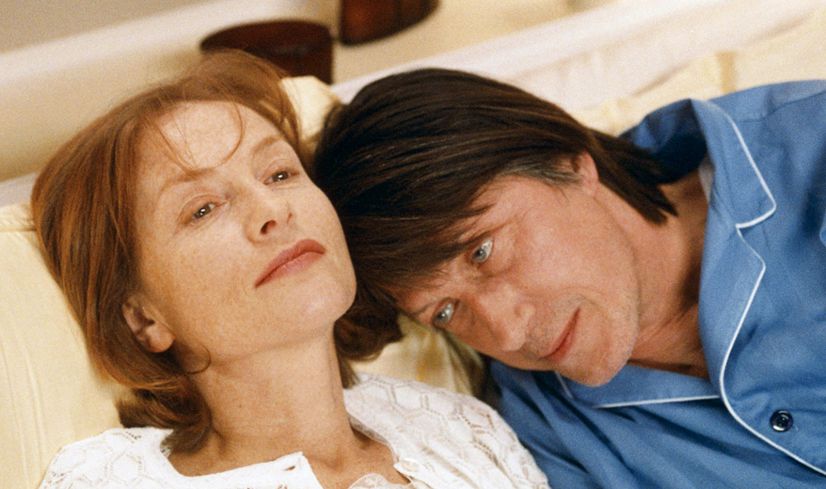
Like many of his fellow French New Wave filmmakers (Alain Resnains and Agnes Varda, for example) Claude Chabrol’s late period is riddled with great movies that rival his early classics, from “La Cérémonie” to “The Bridesmaid” (both also strongly recommended). While both of those received ample international recognition, one of the very best of his twilight years, “Merci pour le Chocolat,” has seemingly faded away from collective cinephile memory and deserves to be reevaluated as one Chabrol’s all time career highlights.
Starring the muse from his final phase, Isabelle Huppert, the plot is classic Chabrol, concerning the sinister doings inside the French bourgeoisie; in this case, the family of a famous pianist, who starts to unravel once a woman claiming to be his daughter switched at birth shows up, causing his son and wife (Huppert) to reveal the dark secrets, suspicions, and resentments bubbling just underneath the surface of domestic tranquility.
With this movie, Chabrol had reached that point only masters with long careers ever achieve: he had perfected his particular style to its utmost effectiveness. The dramatic tension of the narrative, as was often the case with him, is built between the juxtaposition of the melodramatic events in the story and the low-key, observational tone with which they are told. Chabrol, unlike many other thriller maestros (like Hitchcock) rarely ever resorted to elaborate framing or camera moves, nor did he rely on the score to suggest the suspense, opting instead for a more subdued style that allow for the story to slowly reveal its many facets to the audience.
In that way, he couldn’t have found a better partner than Huppert, whose understated approach to acting fits in perfectly with Chabrol’s directorial qualities. The entire progression of her character could be seen through her eyes alone, with their mysterious and expressive gaze that reveal a whole world of suppressed darkness and becomes scarier and scarier as the secrets come out.
A masterclass in suspense, from one of the best who ever did it.
7. Raining in the Mountain (1979, King Hu)
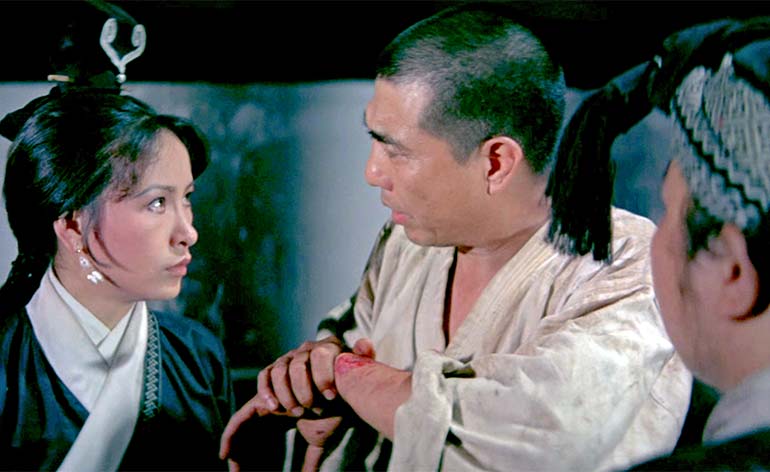
One of King Hu’s greatest balancing acts, “Raining in the Mountain” is simultaneously a heist movie; an espionage tale full of intrigue and double crosses; and an exploration of spirituality and the corrupting forces of power, all set within a Buddhist monastery in ancient China. What else could one want out of cinema, really?
The story is set in motion when the dying abbot of the temple begins the process of choosing his successor, for which reason a few outside forces come in to give counsel, including an esquire and a general. Both of them, however, are more interested in stealing a priceless scroll guarded within the monastery. Meanwhile, two monks are fighting and scheming to become the next abbot, but their plans are upset by the arrival of a prisoner asking to be taken in as a disciple.
This is, as can be perceived from the above synopsis, a very busy movie; there’s enough dangling plot threads here to give John le Carré a headache. But Hu’s writing is skilled enough to seamlessly jump between seemingly disparate story elements (and even between genres), uniting it all through a carefully structured narrative that builds its separate strains into a breathtaking climax.
But the screenplay is still the least of this film’s many attractions, most of which are courtesy of Hu himself: not only did he write and direct the movie, he was also the art director and editor. The last one, particularly, may very well be his greatest skill (and that’s saying something); bodies in motion have rarely looked as graceful as they do in his films, due in large part to the meticulousness of the cutting, going from movement to movement with the elegance of a ballet choreography (which, in the martial arts scenes, is purposefully juxtaposed with jagged quick cutting).
“Raining in the Mountain,” like many King Hu films, has a very serious-minded message about the need for spiritual enlightenment in an amoral world, but packed within a hugely entertaining genre Russian doll.
6. La Vérité (1960, Henri Georges Clouzot)
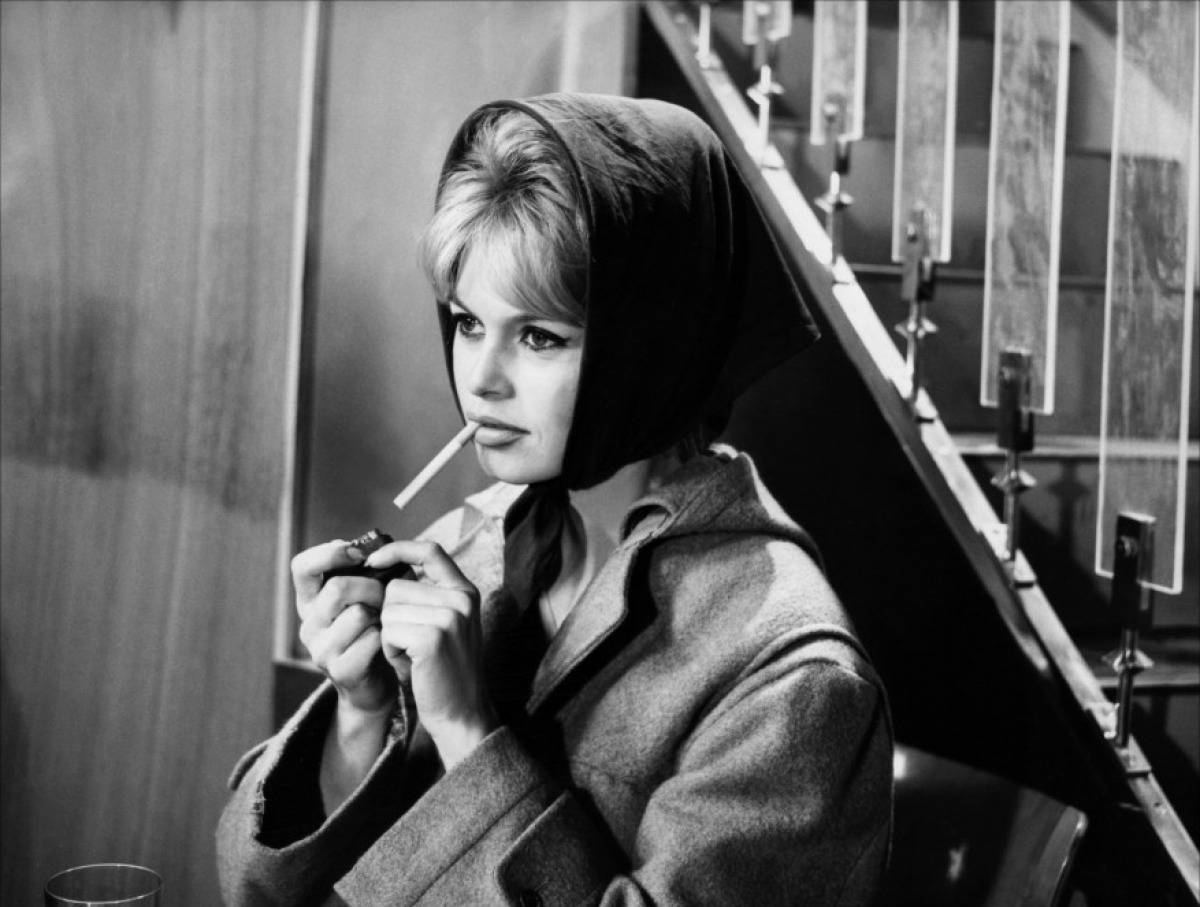
At his peak, Henri Georges Clouzot was one of the biggest and most important names in the French film industry, reaching worldwide acclaim with stellar thrillers like “The Wages of Fear” and “Diabolique.” As is sadly the case with many masters, however, as he grew older it became increasingly difficult to find financial support for his projects – not to mention personal tragedies that also hampered the work.
“La Verité” was the last hurrah for Clouzot, the final time he enjoyed ample acclaim and recognition before a long stretch of unproduced screenplays and critical panning. The film is a courtroom drama with a twist: it’s set entirely during the trial, as a woman (played by Brigite Bardot) faces the death penalty for killing her former lover. Through flashbacks, we see what led her to that act of violence.
This is a much more straightforward drama than Clouzout’s most famous outings; it never veers into thriller territory, rather focusing on a character-driven tale of one woman’s slow emotional disintegration. Therefore, it was absolutely essential to have a central performance that carried the narrative, and Bardot absolutely rose to the occasion: hers is a much more morally complex character than the pristine leading ladies she was accustomed to (the movie goes to great lengths highlight her flaws), but the actress demonstrates incredible humanity, vivacity and, as the events roll to their inevitably tragic outcome, real pathos.
The story makes for a fascinating study on morality and storytelling itself; in fact, in many ways, it’s aiming for similar themes that Kurosawa explored in “Rashomon.” But if in that movie the events changed depending on who was telling them, here every single person is hearing the same story, but taking wildly different conclusions from it, all informed by their own particular idea of moral righteousness. And if the film itself initially seems to have aged badly in its portrayal of gender (many of the complaints made against Bardot’s character revolve around her being a “loose woman”), that soon reveals itself as another layer of the overall theme of the elusive nature of truth (hence the title), with the movie proving to be surprisingly progressive.